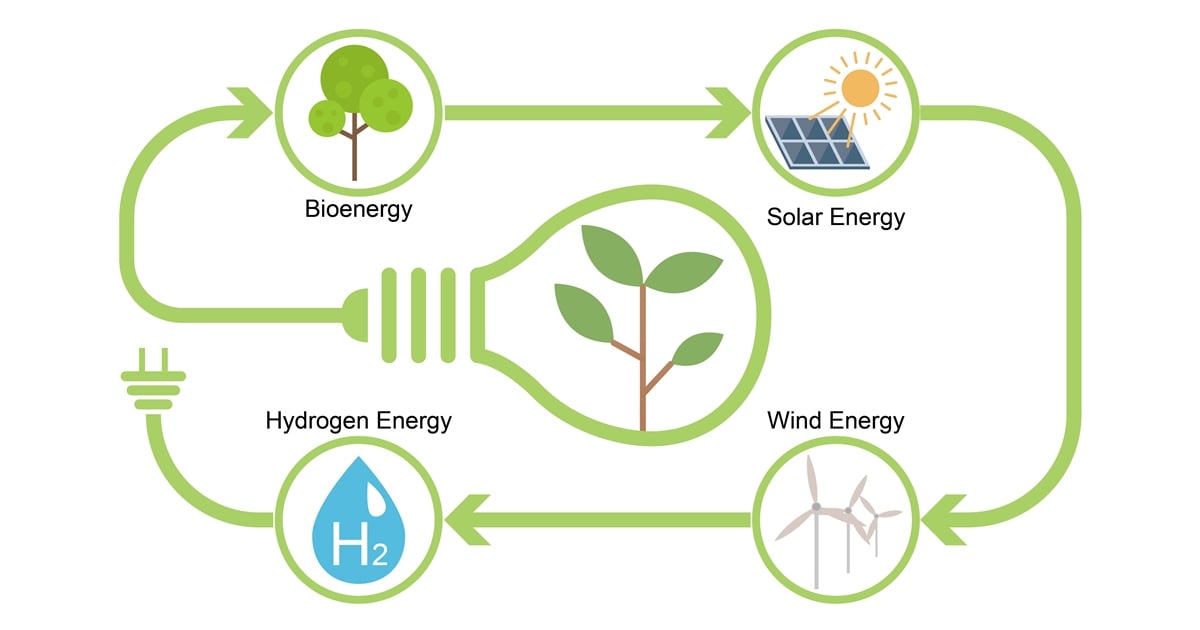Topic Menu
► Topic MenuTopic Editors




Sustainable Energy Technology, 2nd Edition

Topic Information
Dear Colleagues,
This Topic is a continuation of the previous successful Topic “Sustainable Energy Technology”. The Topic covers the technologies, products, equipment, and devices, as well as energy services, based on software and data protected by patents and/or trademarks. The recent trends underline the principles of a circular economy, such as sustainable product design, the extension of a product’s lifecycle, reusability, and recycling. Climate change, environmental impact, and limited natural resources require scientific research and novel technical solutions. The Topic Sustainable Energy Technology is a publishing platform for scientific and technological approaches to “green”—i.e., environmentally friendly and sustainable—technologies. While the focus of the Topic lies in energy and bioenergy, it also covers “green” solutions in all aspects of industrial engineering. The Topic Sustainable Energy Technology addresses researchers, advanced students, technical consultants, and decision-makers in industries and politics. This Topic will include a comprehensive overview and in-depth technical research papers that address the recent progress in sustainable energy technology. Studies of advanced techniques and methods in sustainable energy technology are also welcome. Research that involves experimental and numerical studies, recent developments, and current state-of-the-art and emerging technologies in this field are highly encouraged.
Prof. Dr. Wei-Hsin Chen
Prof. Dr. Aristotle T. Ubando
Prof. Dr. Chih-Che Chueh
Prof. Dr. Liwen Jin
Dr. Yanjun Sun
Topic Editors
Keywords
- bioenergy
- solar energy
- wind energy
- marine energy
- geothermal energy
- hydrogen energy
- energy storage
- energy saving
- CO2 capture and utilization
- thermoelectric generation
- thermodynamics
- heat transfer
Participating Journals
| Journal Name | Impact Factor | CiteScore | Launched Year | First Decision (median) | APC |
|---|---|---|---|---|---|

Energies
|
3.2 | 7.3 | 2008 | 16.2 Days | CHF 2600 |

Sustainability
|
3.3 | 7.7 | 2009 | 19.3 Days | CHF 2400 |

Journal of Marine Science and Engineering
|
2.8 | 5.0 | 2013 | 15.6 Days | CHF 2600 |

Processes
|
2.8 | 5.5 | 2013 | 16 Days | CHF 2400 |

Solar
|
- | 4.3 | 2021 | 21.3 Days | CHF 1000 |

Wind
|
1.7 | 2.9 | 2021 | 28.3 Days | CHF 1200 |

Preprints.org is a multidisciplinary platform offering a preprint service designed to facilitate the early sharing of your research. It supports and empowers your research journey from the very beginning.
MDPI Topics is collaborating with Preprints.org and has established a direct connection between MDPI journals and the platform. Authors are encouraged to take advantage of this opportunity by posting their preprints at Preprints.org prior to publication:
- Share your research immediately: disseminate your ideas prior to publication and establish priority for your work.
- Safeguard your intellectual contribution: Protect your ideas with a time-stamped preprint that serves as proof of your research timeline.
- Boost visibility and impact: Increase the reach and influence of your research by making it accessible to a global audience.
- Gain early feedback: Receive valuable input and insights from peers before submitting to a journal.
- Ensure broad indexing: Web of Science (Preprint Citation Index), Google Scholar, Crossref, SHARE, PrePubMed, Scilit and Europe PMC.
Related Topic
- Sustainable Energy Technology (64 articles)

